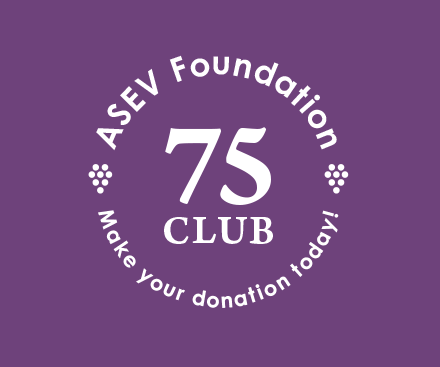Abstract
In the Okanagan Valley of British Columbia, low rates of nitrogen fertilizer are typically applied early in the growing season to prevent excessive vine growth, disease, and adverse changes in grape juice composition. As a consequence, grape juice yeast assimilable nitrogen (YAN) concentrations at harvest are often below the level considered sufficient to complete fermentation during winemaking and require augmentation with additional nitrogen. Over a three-year period at seven study sites planted to five winegrape varieties, late-season foliar applications of urea-N were investigated as a method for enhancing grape juice YAN. Foliar-applied solutions of urea at rates equivalent to 14–18 kg N/ha/yr (1% w/v, applied in one year only) or 28–36 kg N/ha/yr (2% w/v) caused significant improvements in grape juice YAN concentrations in six out of seven of the study sites each year, but there was no consistent pattern among years as to which study sites were most amenable to treatment. Little of the N applied in the foliar spray treatments appeared to be retained by the vines, and there were only few, small negative effects of treatment application on vine performance and juice quality. Thus, urea sprays applied to the foliage around the time of veraison show considerable promise as a supplement to more traditional soil fertilization programs on these and similar sites.
- ©2014 by the American Society for Enology and Viticulture
Sign in for ASEV members
ASEV Members, please sign in at ASEV to access the journal online.
Sign in for Institutional and Non-member Subscribers
Log in using your username and password
Pay Per Article - You may access this article (from the computer you are currently using) for 2 day for US$10.00
Regain Access - You can regain access to a recent Pay per Article purchase if your access period has not yet expired.









